Lokot-lokot, also known as Zamboanga Rolls or Jaa by locals, is a treasured delicacy from Zamboanga City in the Philippines. This irresistible treat features a distinctive crunchy texture and beautiful golden-brown color that makes it instantly recognizable. Traditionally prepared during Muslim celebrations like Eid-al-Fitr, this special dessert has a rich cultural heritage that dates back generations.
What makes Lokot-lokot truly special is its simple yet authentic ingredients: rice, brown sugar, water, and oil. The magic lies in the traditional preparation technique that transforms these basic ingredients into an intricate, lacy sweet treat that delights with every bite.
Jump to:
Why You'll Love This Recipe
- Uniquely Impressive - The intricate lacy pattern of lokot-lokot makes it a showstopper dessert that will wow your guests
- Irresistible Texture - The perfect combination of crispy exterior and slightly chewy center creates an addictive treat
- Simple Ingredients - Made with just four basic pantry staples you likely already have on hand
- Cultural Experience - Connect with Filipino heritage through this authentic traditional recipe
- Versatile Serving Options - Enjoy on its own, pair with coffee or tea, or serve as part of a dessert platter
- Naturally Dairy-Free - Perfect for those with dairy allergies or lactose intolerance
- Long Shelf Life - When stored properly, these treats maintain their delicious flavor for days
- Family Activity - The fun preparation method makes it perfect for getting everyone involved in the kitchen
Ingredients
The four simple ingredients in Lokot-Lokot were chosen for both practical and cultural reasons. Rice serves as the foundation, offering a neutral flavor while providing the perfect texture when ground into flour.
Brown sugar, rather than white, gives the dessert its distinctive golden color and rich caramel-like sweetness that's deeper than ordinary sugar. Water acts as the binding agent, creating the right consistency for the mixture to flow through the strainer in delicate patterns.
Finally, the oil is essential for the quick-frying method that transforms the liquid batter into a crispy treat with intricate lacy patterns. These ingredients, all easily found in Filipino households, combine beautifully to create a dessert that's accessible yet special enough for celebrations.

- 1 kg (about 5 cups) rice
- 2½ cups water
- 1 kg brown sugar
- ¼ gallon (about 1 liter) cooking oil for frying
Equipment
- Large pot - For boiling the sugar syrup mixture
- Wok or deep fryer - Essential for the high-temperature frying process
- Fine-mesh strainer or colander - The key tool that creates the distinctive lacy pattern
- Wooden spoon or heat-resistant spatula - For stirring the mixture and handling the fried lokot-lokot
- Food processor or blender - To grind the rice into fine flour
- Sieve or flour sifter - For ensuring the rice flour is perfectly fine and lump-free
- Net bag - For draining the soaked rice
- Mixing bowls - For preparing and combining ingredients
- Kitchen thermometer - To monitor oil temperature (optional but helpful)
- Cooling rack - For allowing the lokot-lokot to cool properly
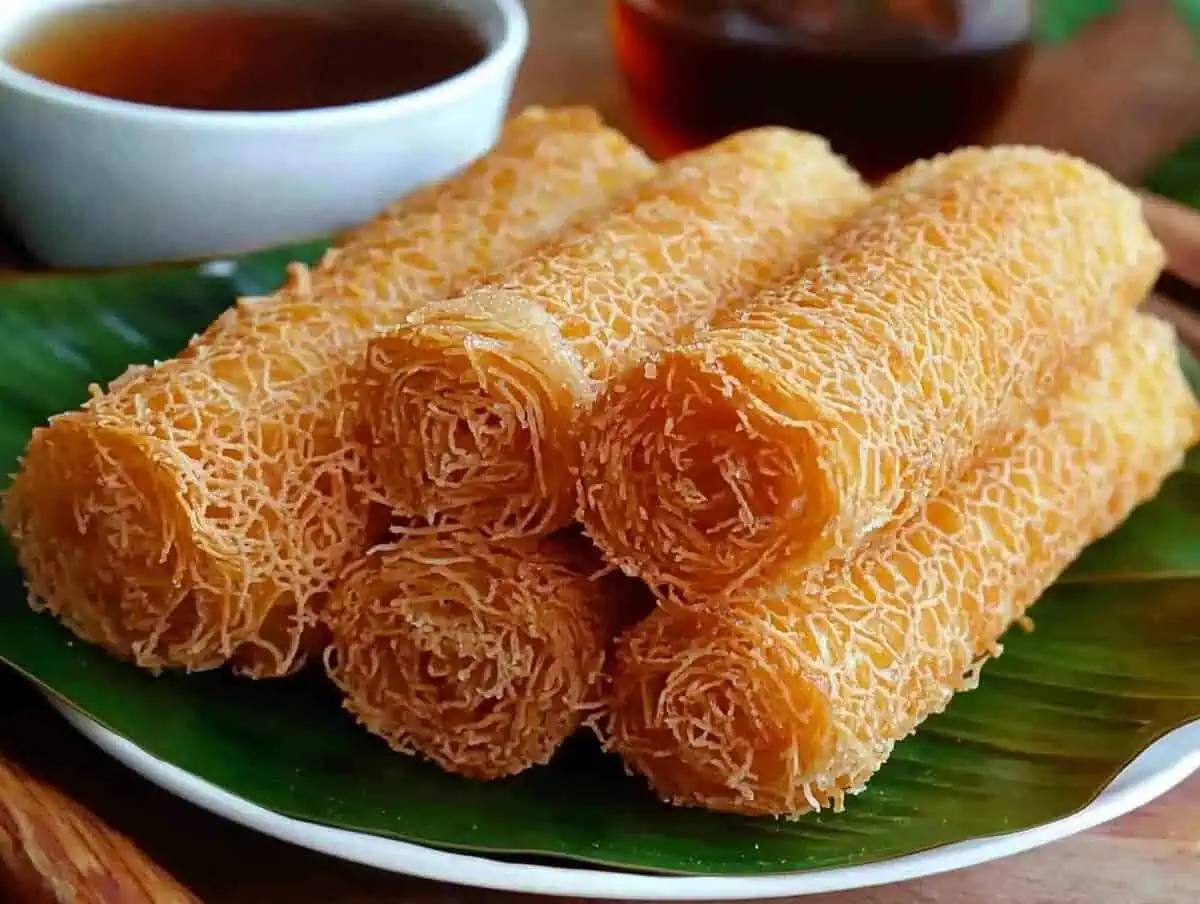
How To Make
- Make the syrup base: In a large pot, combine the water and brown sugar. Bring to a boil, stirring occasionally until the sugar completely dissolves. This creates a thin syrup. Once done, set aside to cool slightly.
- Prepare the rice: Thoroughly wash the rice at least 4 times with clean water. This crucial step removes any dust, dirt, or excess starch.
- Soak the rice: After washing, soak the rice in water for 10 minutes to soften it.
- Drain properly: Transfer the soaked rice to a net bag and allow all excess water to drain completely.
- Grind the rice: Process the soaked rice in a food processor or blender until it becomes a fine flour.
- Sieve the flour: Pass the ground rice through a fine sieve to ensure there are no lumps or coarse particles.
- Create the batter: Gradually mix the sieved rice flour with the prepared sugar syrup until well combined. The resulting mixture will be quite sticky - this is exactly what you want.
- Heat the oil: In a wok or deep fryer, heat the oil to a high temperature (around 350°F/175°C if using a thermometer).
- Frying technique: Position your strainer about 15-20 cm above the hot oil. Fill the strainer halfway with the rice mixture.
- Create the pattern: Using a circular motion, swing the strainer in a clockwise direction, allowing the mixture to drip through into the hot oil, creating a lacy pattern.
- Fry to perfection: Allow the mixture to fry until it achieves a beautiful golden-brown color.
- Shape while hot: Quickly remove from the oil and immediately fold in half or roll it into a cylindrical shape before it cools and hardens.
- Cool completely: Place on a cooling rack and allow to cool completely before serving or storing.

Tips from Lola's Kitchen
- Temperature is key: Maintain the oil at a consistently high temperature throughout the frying process. If the oil isn't hot enough, the lokot-lokot won't achieve its characteristic crispness.
- The right consistency: The rice mixture should be thick enough to hold together but thin enough to pass through the strainer holes. If too thick, add a tablespoon of water at a time; if too runny, add a bit more rice flour.
- Circular motion matters: Practice the circular motion with the strainer before working with the actual mixture. The more consistent your movement, the more beautiful the lokot-lokot pattern will be.
- Traditional touch: If you want to embrace tradition fully, try using a coconut shell with holes as your strainer. Locals say this gives an authentic flavor that modern strainers can't replicate!
- Handling hot lokot-lokot: Work quickly when shaping after frying - you have only seconds before it hardens! Having a helper for this step can make the process much smoother.
- Batch preparation: If making large quantities, prepare the rice flour in advance, but only mix with the syrup right before frying.
Substitutions
- Rice options: While traditional lokot-lokot uses regular white rice, you can experiment with glutinous rice for a chewier texture or brown rice for a nuttier flavor.
- Sweetener alternatives: Palm sugar or coconut sugar makes an excellent substitute for brown sugar, adding a deeper caramel flavor.
- Oil choices: While any neutral high-smoke-point oil works well, coconut oil adds a subtle tropical flavor that complements the dessert beautifully.
- Flavor additions: Though not traditional, adding a drop of pandan extract or vanilla to the mixture can introduce interesting flavor notes.
Troubleshooting
- Lokot-lokot falls apart in the oil: Your mixture may be too thin. Add more rice flour and mix thoroughly.
- Mixture won't pass through the strainer: The mixture is likely too thick or the strainer holes too small. Add a little water to thin the mixture or use a strainer with slightly larger holes.
- Uneven browning: Your oil temperature may be inconsistent. Use a thermometer to maintain a steady temperature, and ensure you're swinging the strainer evenly above the entire oil surface.
- Too pale or too dark: Adjust your frying time. Pale lokot-lokot needs longer frying, while too-dark pieces indicate you should remove them sooner.
- Not crisping properly: Ensure you're completely draining the soaked rice before grinding. Excess moisture can prevent proper crisping.
Storage & Reheating
- Short-term storage: Store completely cooled lokot-lokot in an airtight container at room temperature for up to 3 days. Adding a piece of bread to the container helps absorb excess moisture and keeps them crispy.
- Long-term storage: While best enjoyed fresh, lokot-lokot can be stored in an airtight container with parchment paper between layers for up to 2 weeks. The texture may gradually become less crisp over time.
- Refreshing crispiness: If your lokot-lokot has softened, place it on a baking sheet and warm in a 300°F (150°C) oven for 3-5 minutes. Allow to cool completely before serving - this will restore much of the original crispiness.
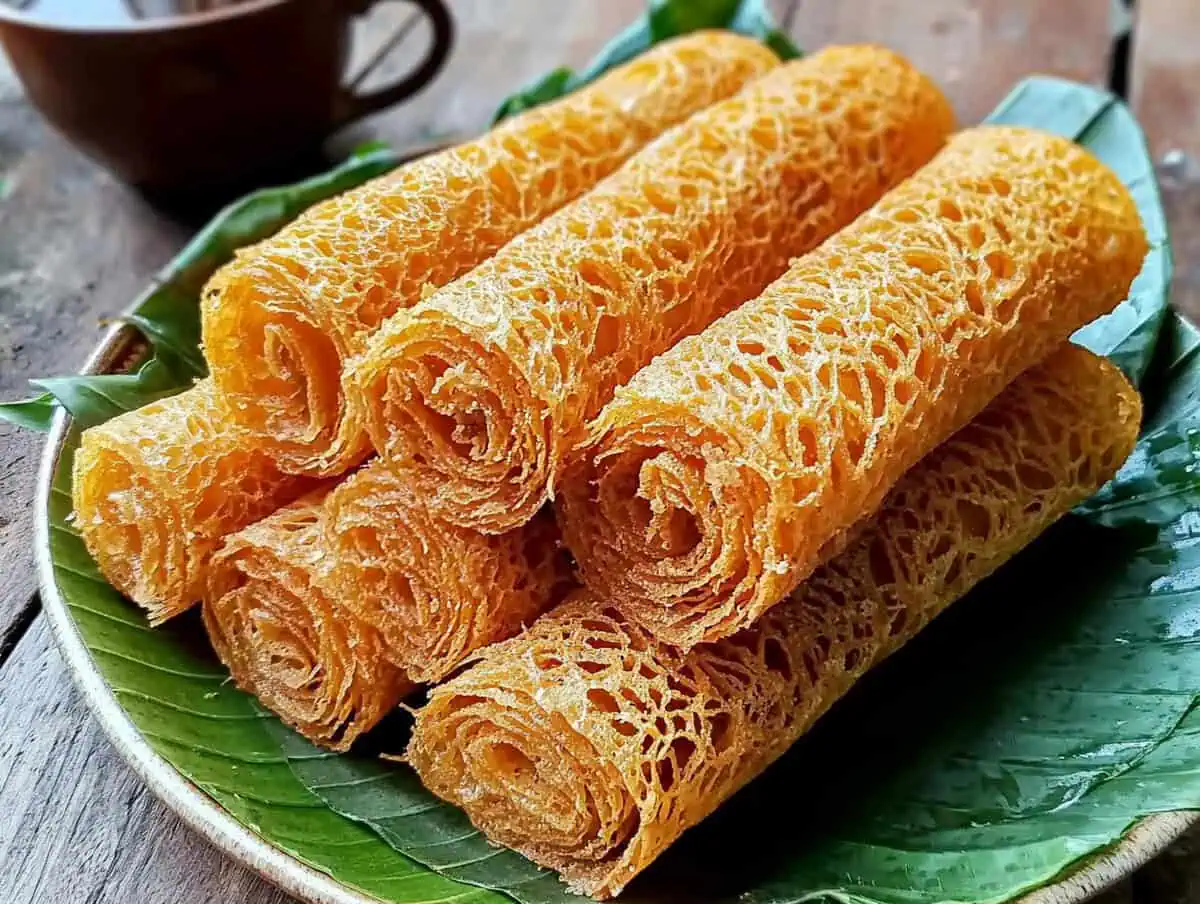
FAQ
Why is my lokot-lokot not as lacy as it should be?
The swinging motion of the strainer creates the lacy pattern. Try practicing a more consistent circular motion and ensure your mixture isn't too thick.
Can I make lokot-lokot in advance for a celebration?
Yes, but they're best made no more than 1-2 days ahead. Store in a cool, dry place in an airtight container with parchment paper between layers.
How do I know when the oil is at the right temperature?
If using a thermometer, aim for 350°F (175°C). Without a thermometer, drop a small amount of the mixture into the oil - it should sizzle immediately and rise to the surface.
Why is lokot-lokot traditionally made during Eid-al-Fitr?
Like many celebration foods, lokot-lokot is labor-intensive and considered special enough for important occasions. Its sweet flavor also makes it perfect for breaking the fast during Eid celebrations.
Can I use pre-ground rice flour instead of grinding my own?
While possible, freshly ground rice produces the best texture. If using pre-ground rice flour, you may need to adjust the water ratio to achieve the right consistency.
How can I make my lokot-lokot more golden in color?
The golden color comes from the brown sugar and proper frying. Using darker brown sugar and ensuring the proper oil temperature will enhance the golden hue.
Related
Looking for other recipes like this? Try these:
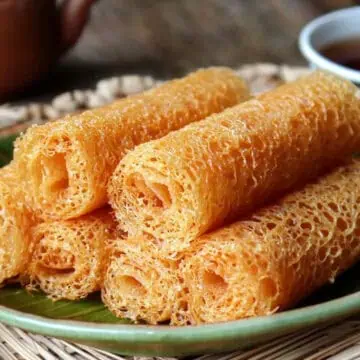
Authentic Lokot-Lokot (Zamboanga Rolls)
Ingredients
- 1 kg about 5 cups rice
- 2½ cups water
- 1 kg brown sugar
- ¼ gallon about 1 liter cooking oil for frying
Instructions
- Make the syrup base: In a large pot, combine the water and brown sugar. Bring to a boil, stirring occasionally until the sugar completely dissolves. This creates a thin syrup. Once done, set aside to cool slightly.
- Prepare the rice: Thoroughly wash the rice at least 4 times with clean water. This crucial step removes any dust, dirt, or excess starch.
- Soak the rice: After washing, soak the rice in water for 10 minutes to soften it.
- Drain properly: Transfer the soaked rice to a net bag and allow all excess water to drain completely.
- Grind the rice: Process the soaked rice in a food processor or blender until it becomes a fine flour.
- Sieve the flour: Pass the ground rice through a fine sieve to ensure there are no lumps or coarse particles.
- Create the batter: Gradually mix the sieved rice flour with the prepared sugar syrup until well combined. The resulting mixture will be quite sticky - this is exactly what you want.
- Heat the oil: In a wok or deep fryer, heat the oil to a high temperature (around 350°F/175°C if using a thermometer).
- Frying technique: Position your strainer about 15-20 cm above the hot oil. Fill the strainer halfway with the rice mixture.
- Create the pattern: Using a circular motion, swing the strainer in a clockwise direction, allowing the mixture to drip through into the hot oil, creating a lacy pattern.
- Fry to perfection: Allow the mixture to fry until it achieves a beautiful golden-brown color.
- Shape while hot: Quickly remove from the oil and immediately fold in half or roll it into a cylindrical shape before it cools and hardens.
- Cool completely: Place on a cooling rack and allow to cool completely before serving or storing.
Tips from Lola's Kitchen
- Temperature is key: Maintain the oil at a consistently high temperature throughout the frying process. If the oil isn't hot enough, the lokot-lokot won't achieve its characteristic crispness.
- The right consistency: The rice mixture should be thick enough to hold together but thin enough to pass through the strainer holes. If too thick, add a tablespoon of water at a time; if too runny, add a bit more rice flour.
- Circular motion matters: Practice the circular motion with the strainer before working with the actual mixture. The more consistent your movement, the more beautiful the lokot-lokot pattern will be.
- Traditional touch: If you want to embrace tradition fully, try using a coconut shell with holes as your strainer. Locals say this gives an authentic flavor that modern strainers can't replicate!
- Handling hot lokot-lokot: Work quickly when shaping after frying - you have only seconds before it hardens! Having a helper for this step can make the process much smoother.
- Batch preparation: If making large quantities, prepare the rice flour in advance, but only mix with the syrup right before frying.
The Story Behind Lokot-Lokot
Walking through the vibrant streets of Zamboanga City during Eid-al-Fitr celebrations, your senses are immediately drawn to a distinctive rhythmic sound coming from nearby homes. This musical tapping is the unmistakable soundtrack of Lokot-Lokot being prepared – a traditional Filipino Muslim delicacy with roots stretching back generations in the southern Philippines.
The name "Lokot-Lokot" itself is believed to derive from the Tausug and Sama-Bajau languages, where it onomatopoeically refers to the repetitive motion and sound made when creating this intricate sweet treat. The alternate names – Zamboanga Rolls or simply "Jaa" as locals affectionately call it – reflect both its geographic origins and its enduring place in Filipino Muslim culinary traditions.
Historians trace Lokot-Lokot's origins to the pre-colonial era when trade between the southern Philippines and neighboring Southeast Asian regions flourished. The technique of dripping rice batter through specialized tools into hot oil shows remarkable similarities to lattice-patterned sweets found throughout Malaysia and Indonesia, suggesting a shared culinary heritage that transcends modern borders. The genius of Filipino ancestors lies in adapting these influences using locally abundant ingredients like rice and coconut.
What makes Lokot-Lokot particularly special is its strong connection to Muslim festivals and celebrations. During Eid-al-Fitr (known locally as Hariraya Puasa), the end of Ramadan, families gather to prepare large batches as both an offering for guests and a symbol of prosperity. The golden color and intricate pattern represent abundance and good fortune, while the sweetness celebrates the joy of breaking fast after a month of spiritual discipline.
The traditional preparation method has remained largely unchanged over centuries. Before modern strainers, artisans would carefully drill patterns of small holes into coconut shells, creating natural implements that imparted a subtle coconut essence to the finished product. These coconut strainers became family heirlooms, passed down through generations alongside the cherished recipes and techniques.
In Zamboanga's diverse cultural landscape, Lokot-Lokot serves as a delicious bridge between communities. While deeply rooted in Muslim traditions, it has become beloved across religious and cultural divides. Today, both Muslim and Christian families in Zamboanga prepare and enjoy this treat, making it a symbol of the region's harmonious cultural blend.
Modern versions of Lokot-Lokot have begun to appear throughout the Philippines, with innovative cooks experimenting with additions like pandan extract, coconut cream, or even chocolate drizzles. Yet purists insist that the traditional four-ingredient recipe – rice, brown sugar, water, and oil – creates the most authentic experience, honoring the simplicity and ingenuity of their ancestors.
Despite its increasing popularity, Lokot-Lokot remains primarily a homemade delicacy. The labor-intensive process makes commercial mass production challenging, ensuring that each batch reflects the care and skill of its maker. This artisanal quality is precisely what makes discovering authentic Lokot-Lokot such a special culinary adventure for visitors to Zamboanga.
For Filipinos living abroad, recreating Lokot-Lokot in distant kitchens offers a powerful connection to their heritage. The distinctive aroma and familiar crunch can instantly transport them back to childhood celebrations and family gatherings, proving that this humble sweet carries not just flavor but profound cultural memory.
By preserving traditional recipes like Lokot-Lokot, we celebrate the ingenuity of Filipino ancestors who transformed simple pantry staples into extraordinary creations. Each golden, lacy roll contains centuries of history, cultural exchange, and community celebration – a delicious testament to the enduring Filipino spirit of creativity and hospitality.
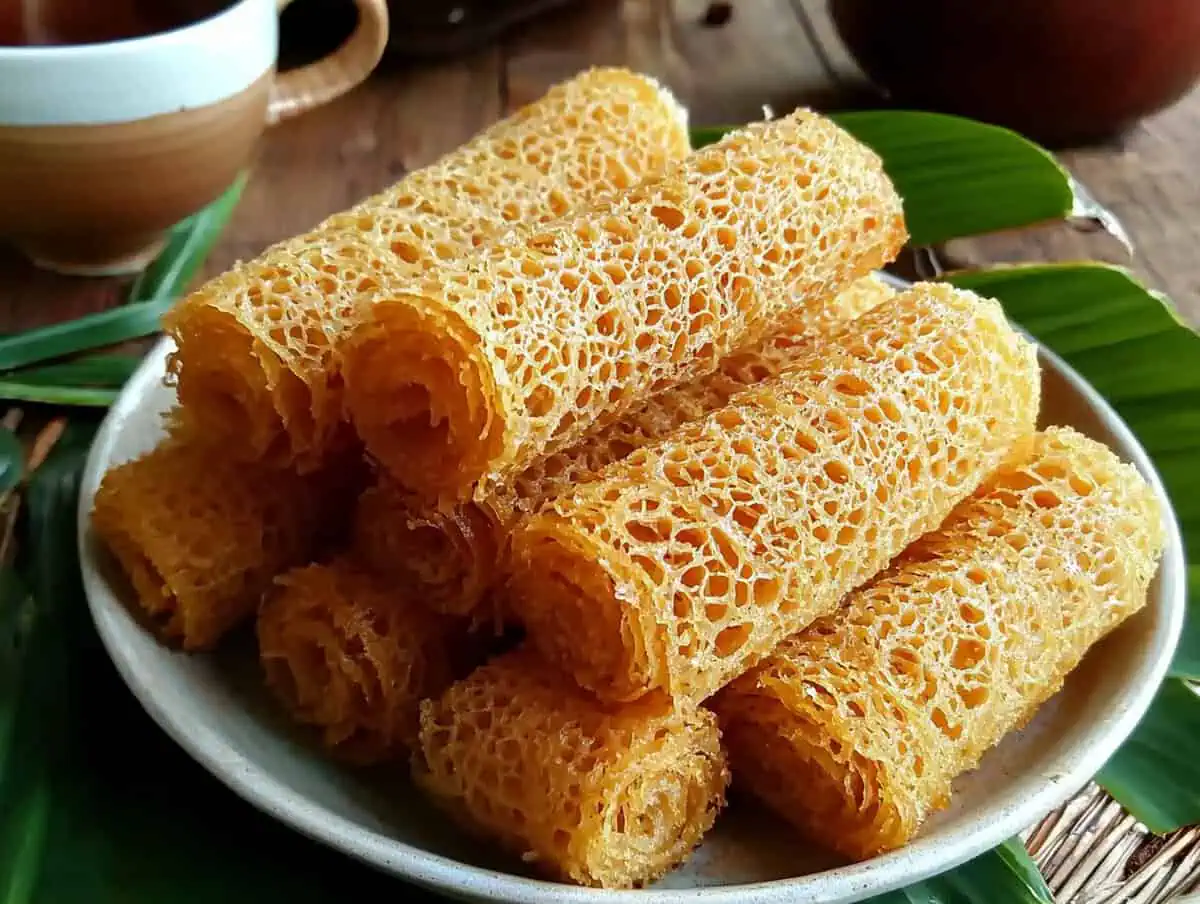






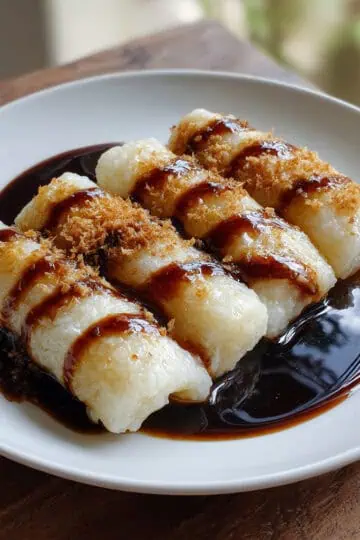
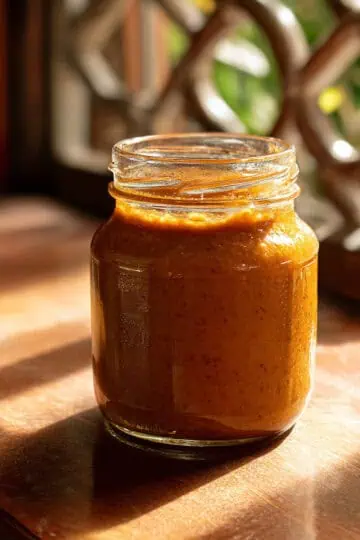
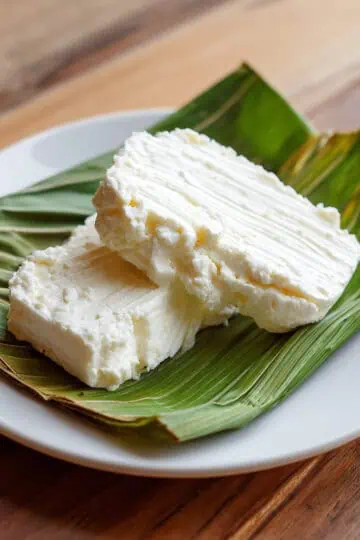
Comments
No Comments